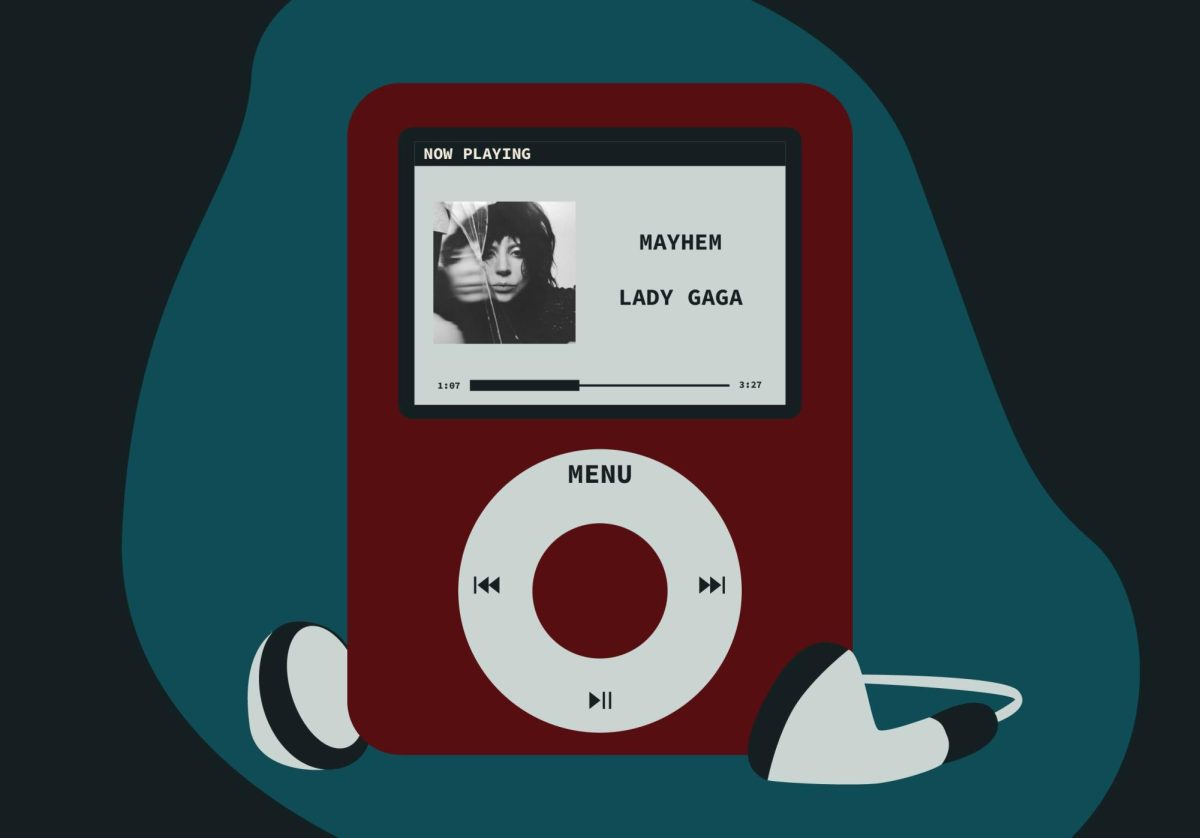The pandit sits up front, fingers flying across his instrument, with all eyes in the auditorium locked on him. Some audience members make periodic sounds of approval while others sit in stunned silence, but all of them are totally absorbed. How can human hands move like that?
“One thing musicians get is absolute rapt attention,” said proclaimed sitar and tabla maestro Pandit Nayan Ghosh before Saturday night’s performance at Cowles Auditorium. And so it was for Ghosh, who played a set on the sitar and a set on the tabla, performing a mix of Indian classical and folk music as part of a concert put on by the Indian Music Society of Minnesota.
The society has been around for more than a quarter century, and puts on about 10 shows each year.
The society organized its first concert in 1980, at a time when Indian music was virtually unknown in the area, and since then has been devoted to exposing our Midwestern enclave to the music of one of the world’s oldest cultures.
With the growth and popularity of “world music” in the United States, Indian music has found a stateside following. Ghosh, who began performing in the United States with his father in 1974, has noticed this change with larger and more knowledgeable crowds.
When trying to describe the appeal of his country’s music, Ghosh said it’s a matter of looking inward.
“Indian music is deeply connected with Indian culture, philosophy and spiritualism,” Ghosh said – making sure to note spiritual doesn’t mean the same thing as religious, and is something all people can relate to.
“The music elevates the spiritual side of the listener and the player both. It’s the inner self that begins to awaken.”
Watching a performance of this music for the first time, it’s hard to disagree with Ghosh’s assessment. The first set, in which he played classical Indian music on sitar, started off slowly with just Ghosh’s sitar. As the music sped up he was joined intermittently by Arup Chattopadhyay’s tabla (almost like a pair of bongos, but with a sound that can stretch and contort like elastic). The music seemed to reverberate from every direction, rising up and dancing ethereally before fading away, replaced by new streams of sound.
For the second set, Ghosh played the tabla, accompanied by a harmonium. The harmonium was played by Chicago resident Vikas Falnikar, who traveled to the Twin Cities for the concert and called playing with Ghosh “a dream come true.”
Ghosh called the tabla “the highest form of abstract art expression today.” The two drums can create a wealth of syllables that, when organized according to the math of Indian music, create a sound collage of remarkably complex rhythm that has surprising melody for “just two drums.”
Even for an American raised on a mash of rock ‘n’ roll, hip-hop and the countless other derivatives of country and R&B, Indian music has a strange familiarity to it. Watching Ghosh up on stage, his hands moving up and down the instrument’s neck, picking and plucking and bending and holding strings, simultaneously maintaining a droning rhythm and dancing melody, it was hard not to think of a blues guitar player. Even if on the surface the music of the East and of the West is different, the poetic elements of both are remarkably similar. “After all,” Ghosh said, “music is a universal language.”
Philosophers long have noted the strangeness of music’s effect, the way in which it communicates to us in a manner beyond logic, representing to humans something of the nature of existence. Music is universal because it is something all societies have passed on through the years. It evolves with everything else but always maintains the primal connections to its origin – each performer a link in the chain that is as old as human culture itself.
“The ultimate goal is to be honest to my music,” Ghosh said. “I consider myself just a messenger of the great tradition and do my best to pass on the message that has come down through the centuries.”







